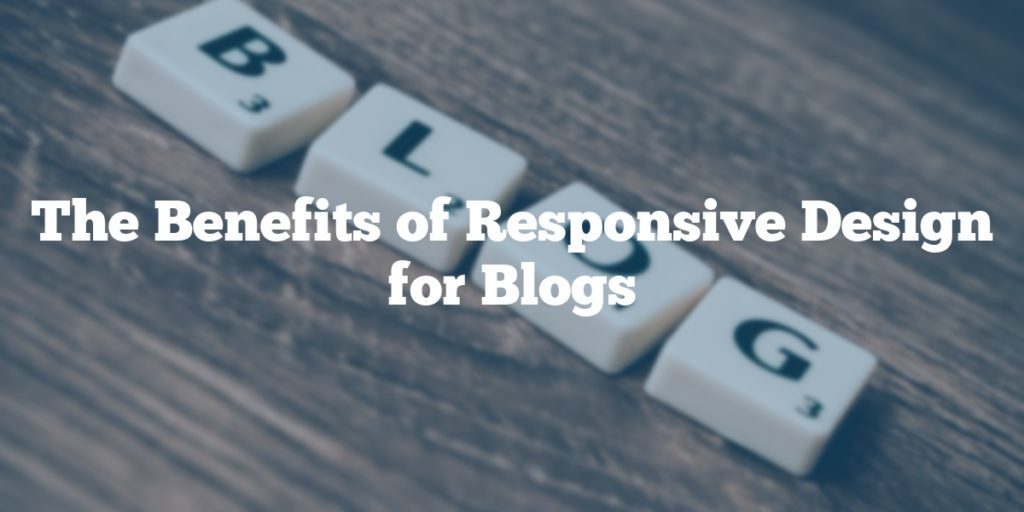A responsive website is one that responds to the screen size of the user. Responsive designs let the site adapt to different screen sizes by adding a flexible layout. For example, it might resize some columns vertically for horizontal screens, but leave some of the other columns the same. Because of the adaptable layout, the site can keep all parts of the design visible on small screens, and change them according to what they do best on larger screens. The responsive design is designed to be an “adaptable” design that adapts to the device.
What does that mean?
To improve responsiveness, you have to use responsive design, which means making all your pages work well on all screen sizes. For a website, you need to know the “devices” your site will appear on. For instance, does your site adapt to a tablet? Does it adapt to a desktop? Does it adapt to a mobile? If it doesn’t adapt to all these devices, it won’t be a responsive design. Your users will be frustrated by the “inability” to view it on their device.
To achieve responsive design, a site can use several responsive design techniques. Some of the most popular include the “Flexible Box” CSS property, CSS relative sizes and width (uses the browser native styling). This CSS property is generally used on large screens, and it adjusts the background and width of elements to fit into the screen’s available space.
The world of technology moves fast. Every day brings new innovations that help our lives become easier and more efficient. One of these advancements is the emergence of the responsive web design.
In a world of advanced technology, having your website become unresponsive can be a huge drawback. How can you compete with companies that have cutting-edge web design? With a powerful responsive web design, however, you’ll find that you can compete with just about anyone.
As its name suggests, responsive web design means that your website can be seen on any device. This is different from mobile web design, which is essentially for mobile phones and tablets. The purpose of responsive web design is to take into account the different screen sizes of devices so that your content can be displayed in a way that is most suitable.
You will need to be using an optimized framework which can deal with all of the components of your website. This ensures that your website renders quickly and seamlessly on mobile devices as well as laptops and desktop computers.
Now that you know what responsive web design is, let’s explore the different benefits it brings to your business.
Create a content strategy
Some businesses feel as though responsive web design has ruined the fun of website design. For example, while a business owner can change their website to show off the design aspects of their business, they will only notice the change if they look closely. The majority of the time, people aren’t going to do that. Instead, they are going to be drawn to the content they see, such as customer testimonials and product reviews.
Depending on your target audience, you may need to invest in a marketing campaign to attract new customers. Be sure to keep track of your traffic patterns to find out how to optimize your website and keep visitors coming back.
Relevance
As we’ve seen, it’s not only important that your website displays well on mobile devices. You also need to ensure that your content is relevant to the customers. With a responsive design, your content can show up in any device, and it will be displayed as accurately as possible.
If your website is meant for laptop and desktop computers, then make sure that the color scheme and layout are adapted to these devices. If your website is meant for phones, tablet, and so on, it’s critical that the content is easy to read and organized well.
Business visibility
Customers who visit your website may only have a certain amount of time to read it. How can they know what your products or services are all about in just a few seconds? They won’t have the time to read all of your pages. With responsive web design, however, your website will be able to display in a format that allows them to quickly skim through pages as well as looking at images, videos and other content.
With a responsive design, you can display up to 50 percent of your content in a mobile-optimized format. This allows people to read your content and gather information before deciding whether or not to buy from you.
This is not just a website benefit. Google also recommends using a responsive design on your website, so that it will be seen by as many people as possible. It’s also worth noting that if your website isn’t mobile-optimized, you’ll lose search traffic and potentially miss out on a substantial amount of sales.
Analytics
With a responsive design, you can track how well the website is performing in different devices and then invest in more resources to make your website even better for more devices.
In addition to that, you can analyze the search traffic that your website is generating. Google analytics can help you figure out the search queries that are being performed on your website, and you can easily see which part of your website is performing the best.
Consider paying for a responsive design
The majority of people access your website through a computer or a laptop. Even if you have a site that is specifically designed for tablets or a phone, people are still going to use computers to look at your website.
This is where the potential exists for businesses to offer a responsive website design. A responsive design allows you to have a website that’s good for both laptop and phone users. If you have a website that is designed for mobile devices, you can also get more visitors from your website and have better conversions.
An inexpensive way of adding responsive design to your website is by using WordPress. If you have a WordPress website, the site editor allows you to make small changes to your website’s content quickly and easily.

